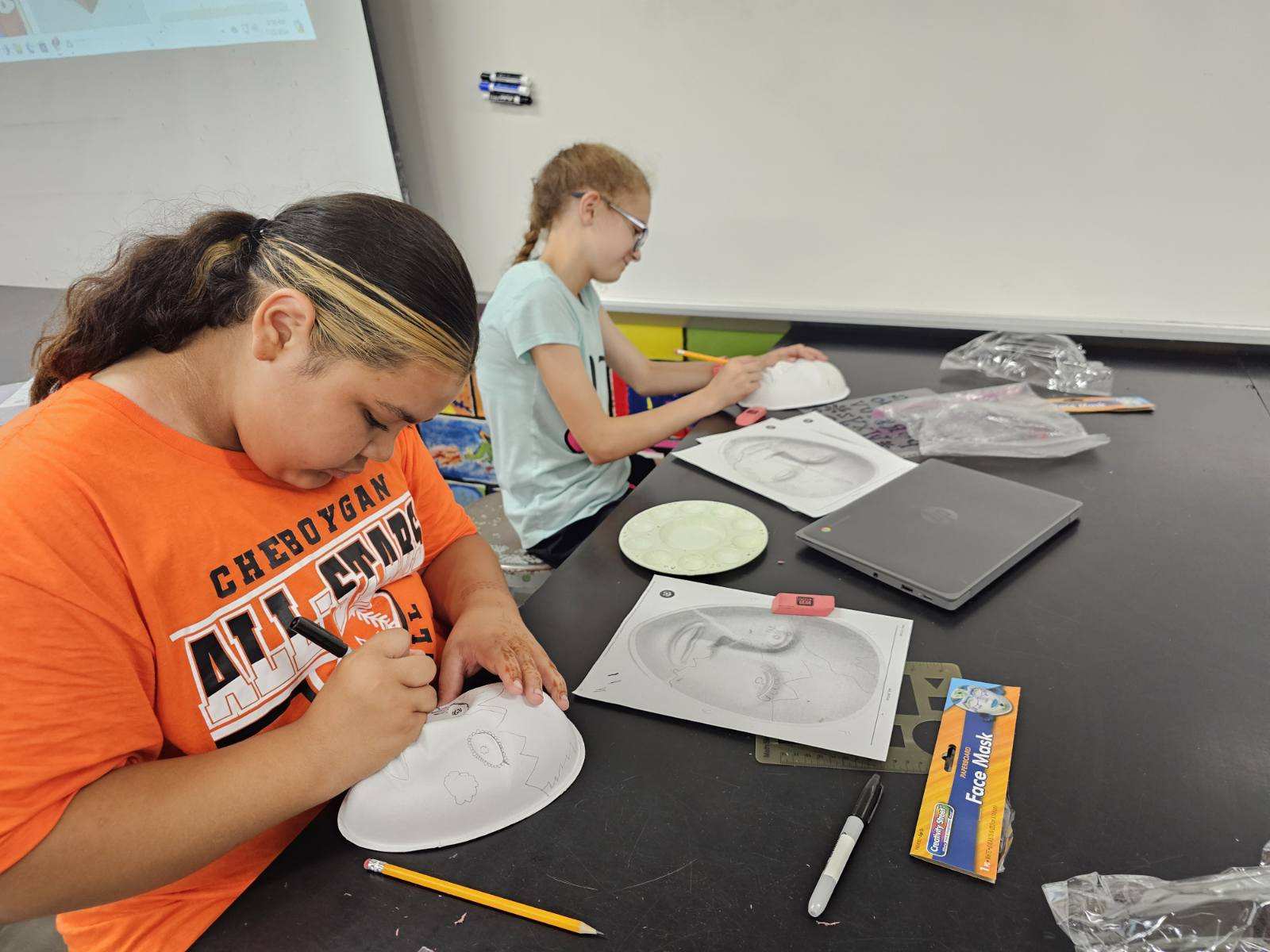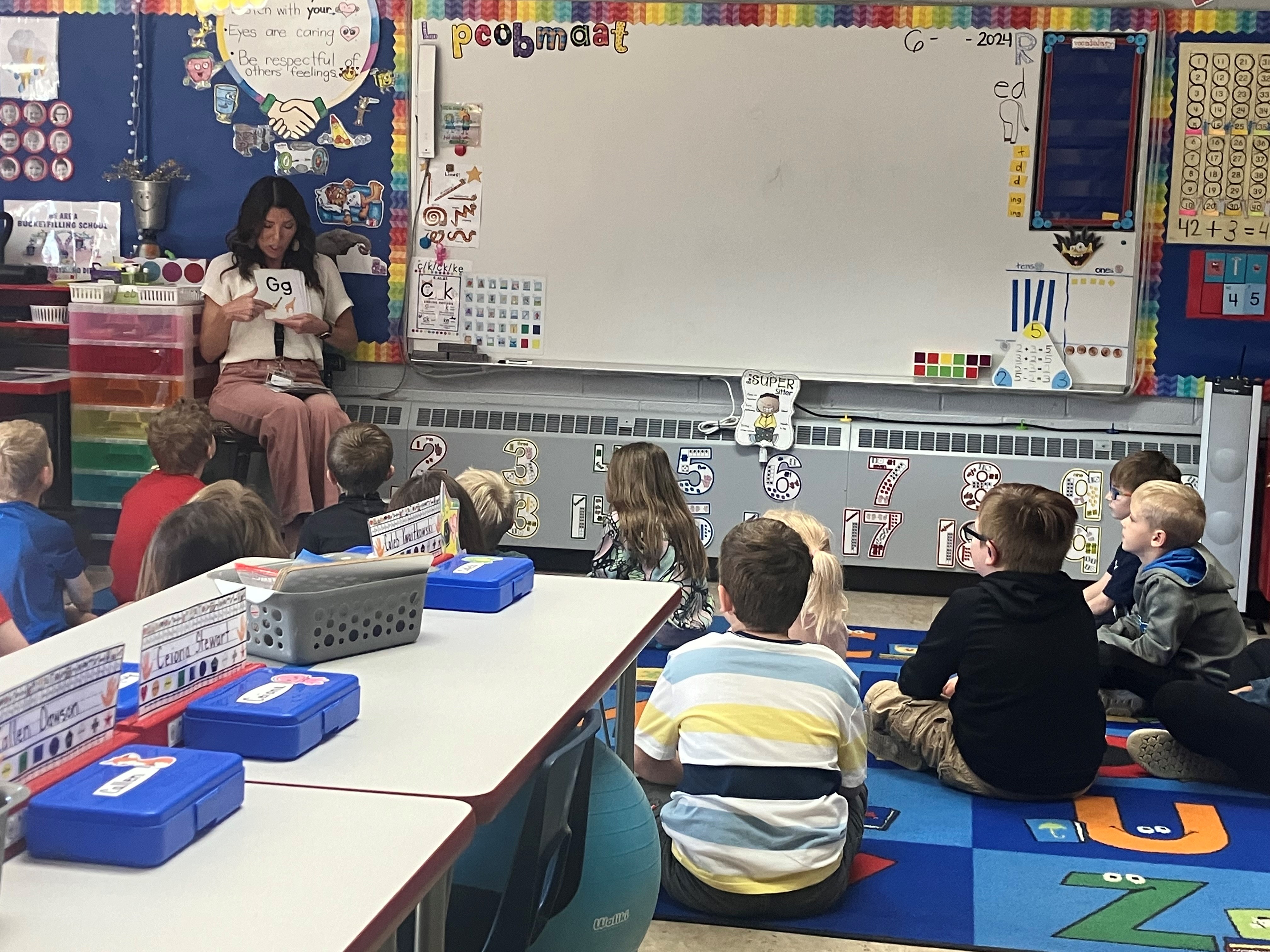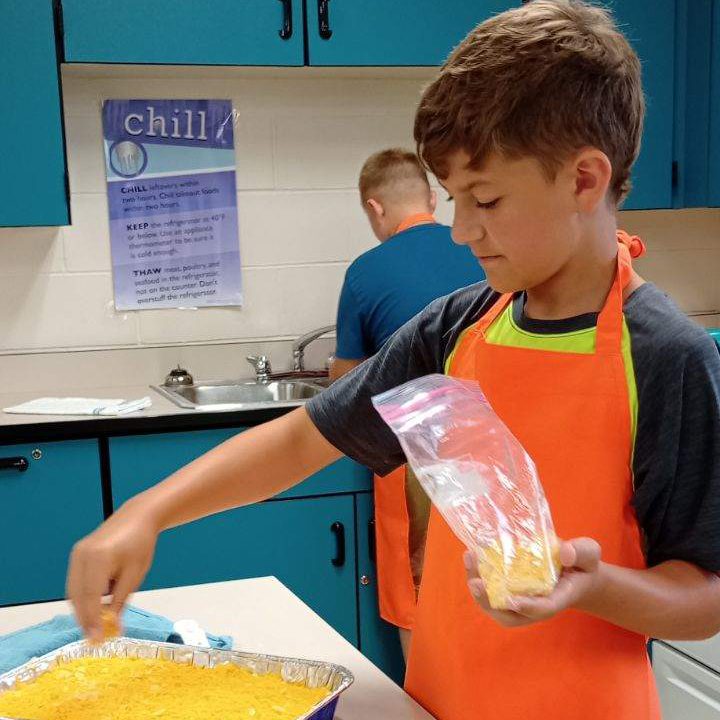Federal relief funds support innovative Cheboygan summer school program

More than ever, it’s crucial to keep the minds of students sharp and support their social and emotional well-being over the long summer break. Recognizing this need during COVID-19, Cheboygan Area Schools leaped at the opportunity to expand summer school programming to include camps and field trips in the aftermath of the pandemic.
As part of the district’s broader commitment to academic excellence, Cheboygan Area Schools leveraged American Rescue Plan funds (ESSER III) combined with other state grants to provide a unique approach to their summer school program this year. The district utilized a combination of grants, 23g and ESSER III, to fund these expanded summer programs and ensure that all participating students receive two meals daily, including breakfast and lunch, along with transportation assistance.
Rethinking summer school

In addition to traditional remediation in math and reading, a variety of camps were organized for middle and high schoolers, offering enrichment in areas such as cooking, drama, art, creative writing and lifetime sports. The popularity of these camps quickly surged, showing great interest in the new and engaging format.
“Our primary goal is to offer extended learning time to support those who need additional help in addressing learning loss in reading and math,” said Jamie McClintic, the district’s Director of Instructional Support. McClintic said the summer program also aims to enhance academic skills while cultivating leadership qualities among students, preparing them for a successful transition to the new school year.
Unlike the traditional summer school, which is invitation-only and based on academic performance, the middle and high school camps boast an open enrollment policy that has proven highly popular. Cooking and lifetime sports programs saw overwhelming participation this summer, prompting administrators to consider adding more sections in the future to accommodate the demand.
The K-8 summer school program is particularly notable for including field trips to locations such as Fort Michilimackinac, the Soo Locks, Indian River, and local businesses including Libby’s, Creation Station and the Kingston. The addition of field trips — cost-free to students and families — was intended to boost attendance, foster social skills and teamwork, and provide enriching experiences for economically disadvantaged students.

“It’s very important that we can provide students experiences they don’t typically have access to,” McClintic said.
The curriculum for summer classes was designed to provide engaging learning experiences that incorporate technology, including virtual reality, as highlighted by Michelle Chase, a teacher and MEA member who provided reading remediation for fourth graders this summer.
Students participating in summer camps, such as sixth graders Brexton and Kaden, expressed their enthusiasm for the engaging activities and the chance to socialize with peers.
“It gives me something to do so I am not home alone all day,” Brexton remarked, while Kaden enjoyed learning new skills like golf alongside friends.
Adam Bury, physical education teacher and MEA member, praised the positive impact of summer camps on students’ social-emotional development.
“Students are having fun and are at school, and that will lead into the next school year because they had a good experience with school over the summer,” Bury said.

Hope Diamond, an MEA member who teaches summer school for students transitioning from first to second grade, emphasized the program’s role in building confidence and routines among young learners.
“Kids come back excited in August,” Diamond said. “Students get food, busing, positive talk, smiling faces, and explicit instruction.”
Investing in student success

Summer school also featured Credit Recovery at the high school and a preparation class for the district’s new Career and Technical Education (CTE) Early Middle College (EMC) program. Twenty-six students participated in the summer course. This initiative enables students to earn college credits that can be transferred to select colleges across the state, representing a significant advancement in expanding educational opportunities for local youth.
Morgan, a high school student participating in a Middle College Class, expressed her enthusiasm for the program.
“It helps me with my college classes while I’m in high school,” said Morgan, who is dual enrolled at Alpena Community College and North Central Michigan College, aspiring to become a foreign language translator.
The Cheboygan Area Schools summer programs represent a concerted effort to bridge educational gaps while providing students with enjoyable, meaningful experiences that foster academic growth and social connections. With hopes to continue and expand these offerings in the future, the district is setting a strong foundation for a successful new school year.



